Institute for Experimental Pharmacology and Toxicology, UKE Hamburg

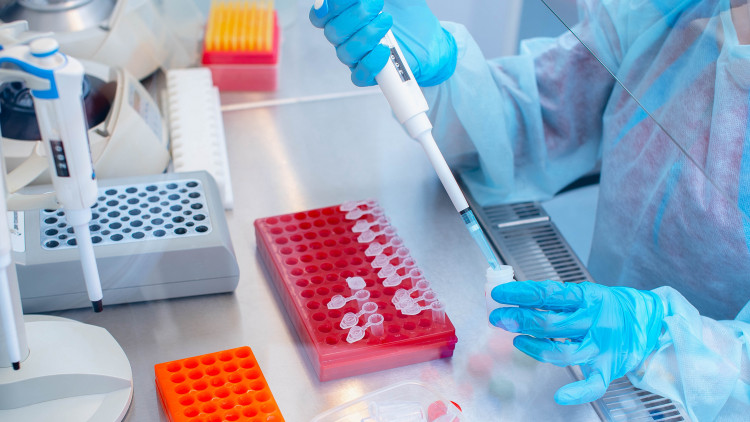
iPSCs
Transporting iPSC derived Cardiomyocytes
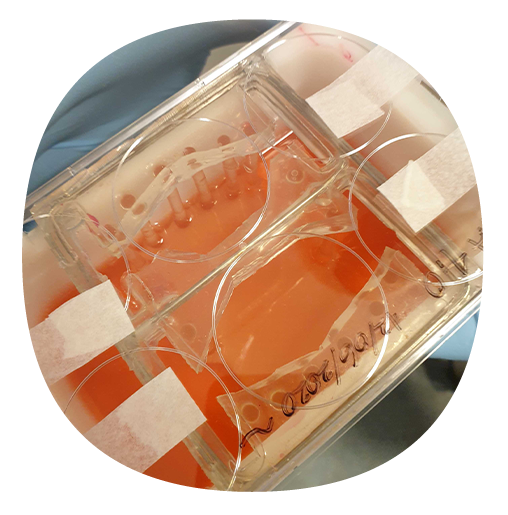
June 2020
Our experimental research aims at a better understanding of the
function of the healthy and diseased heart and the mode of action of cardiovascular drugs. The focus is on molecular mechanisms of cardiac insufficiency, hypertrophic cardiomyopathy and atrial fibrillation and their therapeutic influence. To answer these research questions, we use a broad spectrum of classic pharmacological and muscle / cell physiological methods, protein biochemistry, mouse genetics and stem cell / tissue engineering techniques.
The Project
This project report investigates the treatment of heart failure using specially cultivated cardiomyocyte patches induced from stem cell cultures. Cardiomyocyte patches are structurally complex tissue that are time-consuming and expensive to prepare. The suitability of this procedure is currently being evaluated in collaboration with the German Heart Centre Munich.
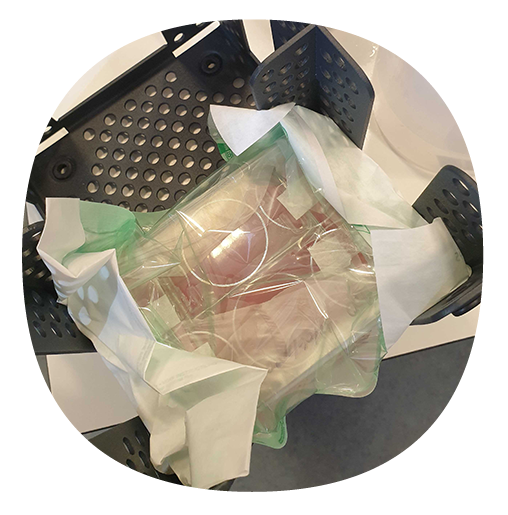
In the study, researchers, physicians and veterinaries are using an animal with heart failure as an in vivo model. During the procedure, a surgeon transplants the matured cardiomyocyte patch onto the damaged section of the heart.
In this case, as in many other healthcare applications, specialized facilities, equipment and medical experts are located at locations geographically distant from where patients may be taken up in hospital. For the procedures to be a feasible and eventually clinical approach for humans, a safe transport
method that adheres to local and national regulations needs to be established.
Previous transport attempts made use of simple polystyrene vessels. However,this solution did not offer a robust controlled system required for such reserach. To ensure the quality of the cardiomyocyte patches, the groups decided to evaluate a Cellbox™ Flight CDI portable CO2 incubator, a device that provides a regulated environment.
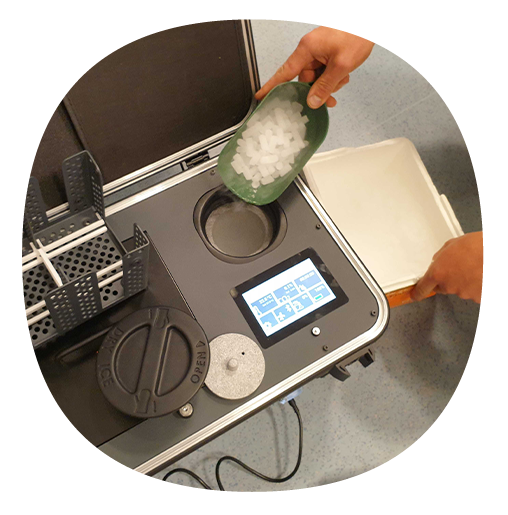
The Cellbox™ provides an ideal environment with 37°C and 7% CO₂ duringthe shipment, to ensurethat the cells reach ourpartners in a goodshape
The Outcome
The culture vessel, with the suspended cardiomyocyte patch, was packaged in a UN3373 compliant CO>sub>2 permeable secondary packaging before being transferred to the Cellbox™. The material was safely packaged and maintained at 37°C and 7% CO2 prior to being transported. Upon arrival, the patch was visually inspected and kept in a stationary incubator until transplanted on the following day.
The Feedback
The transport was easy and proceeded without any concerns. During several rest stops along the way, the parameters of the Cellbox™ were verified and the system confirmed to run stably. The cardiomyocyte patches reached the Munich Heart Centre without any deviations from the preset conditions.
The exported log files further evidenced a successful transport within the required parameters. An additional feature of the Cellbox™ also made it possible to be followed live via an integrated GPRS module. The animal that received the cardiomyocyte patches survived before being euthanized for further investigation.
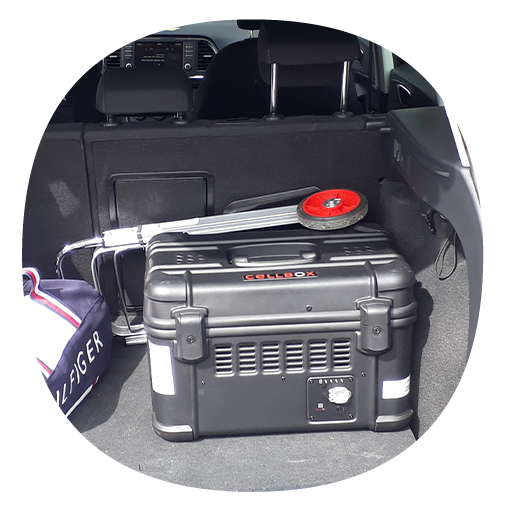
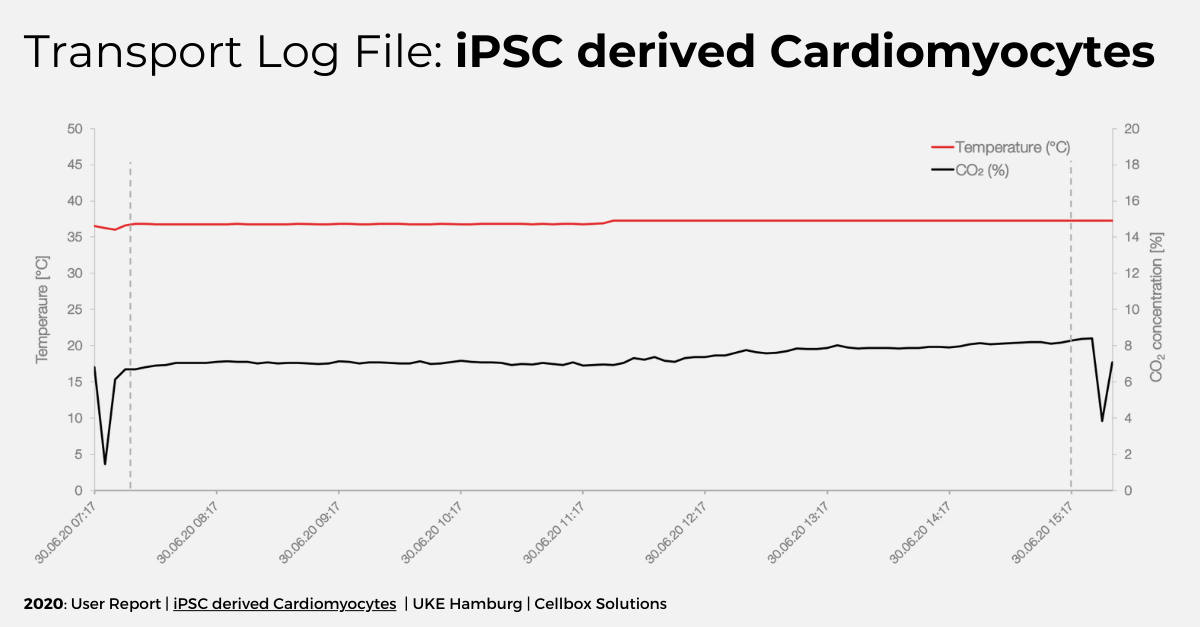
Transport data log file exported via the Cellbox™ App showing the date and time of transport. Parameters were set to 37°C and 7% CO2.
Additionally, the Cellbox™ GPRS Tracker tracked the position of the Cellbox™ during the journey.

